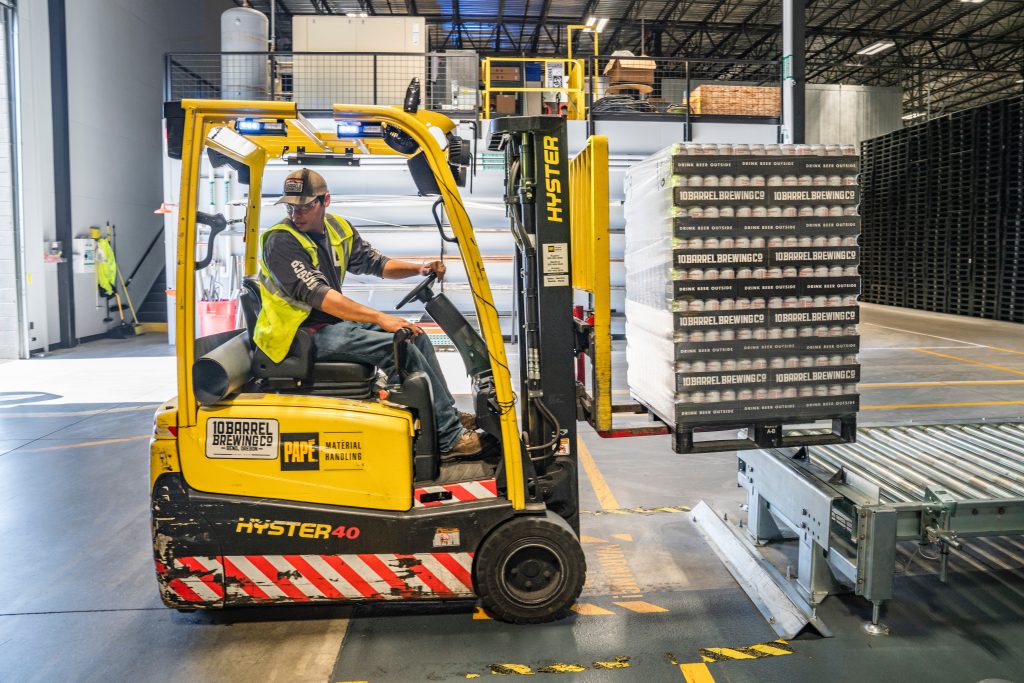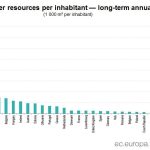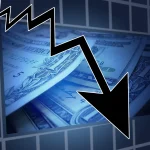August 17, 2023 – Industrial production in the Eurozone and the European Union increased slightly in June after stagnation in the previous month. Industrial production in Croatia increased for the second month in a row, Eurostat data showed.
As Index writes, according to seasonally adjusted data, industrial production in the Eurozone increased in June by 0.5 percent compared to the previous month, when, according to revised data, it stagnated on a monthly basis, the European Statistical Office announced.
At the same time, in th,e EU it increased by 0.4 percent, after stagnation in the previous month, according to revised data. In both areas, only energy production increased on a monthly basis, by 0.5 percent, after May’s decline of 2.1 percent in the Eurozone and 2.5 percent in the EU.
A decline in production was recorded in other observed product categories. The production of non-durable consumer goods in the Eurozone fell the most, by 1.1 percent. In the EU, it decreased by 0.4 percent. This is followed by the production of intermediate products, with a drop of around 0.9 percent, and capital products, whose production decreased by 0.7 percent in both areas.
The production of consumer durables dropped by 0.1 percent in the Eurozone, and by 0.4 percent in the EU, the report shows.
Double Digit Growth Only in Ireland
Among the EU member countries whose data was available to Eurostat, in June, only Ireland recorded a double-digit industrial production growth rate at the monthly level, at 13.1 percent. Denmark and Lithuania followed, with production growth of 6.3 and 3.2 percent, respectively.
Industrial production in Croatia came close, where in June, according to seasonally adjusted data, it increased by two percent compared to May, when it increased by 4.3 percent, Eurostat tables show.
Thus, its production increased for the second month in a row, after it was reduced in April by 2.3 percent on a monthly basis. On the other side, production dropped the most in Sweden, by 5.3 percent. Finland and Malta followed it with a drop in industrial production in June by 3.3 percent, and Belgium, where it decreased by three percent.

Year-on-year decline
On an annual level, industrial production in the Eurozone and the EU fell by 1.2 percent in June, after it was reduced by 2.5 percent in the Eurozone and by 2.1 percent in the EU in May, according to revised data.
Energy production fell the most in both areas in June, by 7.8 percent in the Eurozone and by 8.9 percent in the EU. The production of intermediate products follows, with a decrease of 6.3 percent and 6.6 percent, respectively.
The production of durable consumer goods also fell, by 5.2 percent in the Eurozone and by 6.5 percent in the EU.
Production increased in the capital goods sector, by 4.4 and 4.8 percent, respectively, as well as in the non-durable consumer goods sector, where it increased by 0.2 percent in the Eurozone, and by 2.1 percent in the EU.
Double-Digit Decline in estonia
Among the EU countries whose data were available to Eurostat, only Estonia recorded a double-digit drop in production on an annual level in June, by 12.7 percent. Bulgaria and Belgium follow, with production falling by 9.3 and 7.6 percent, respectively.
According to calendar-adjusted data, industrial production in Croatia increased by 2.4 percent on an annual basis in June, after 1.1 percent growth in May. As a result, its production is growing for the second month in a row, after it was reduced by 3.4 percent in April, Eurostat tables show.
Industrial Production in Croatia just behind Lithuania
Croatia came immediately behind Lithuania, whose production growth was 3.4 percent. Production in Denmark grew by far the most in June, by 12.3 percent. Ireland and Slovakia followed with growth of 8.3 and 3.6 percent, respectively. The Czech Republic and France are the only other countries to record production growth, which increased by 0.8 and 0.2 percent, respectively, Eurostat tables show.










